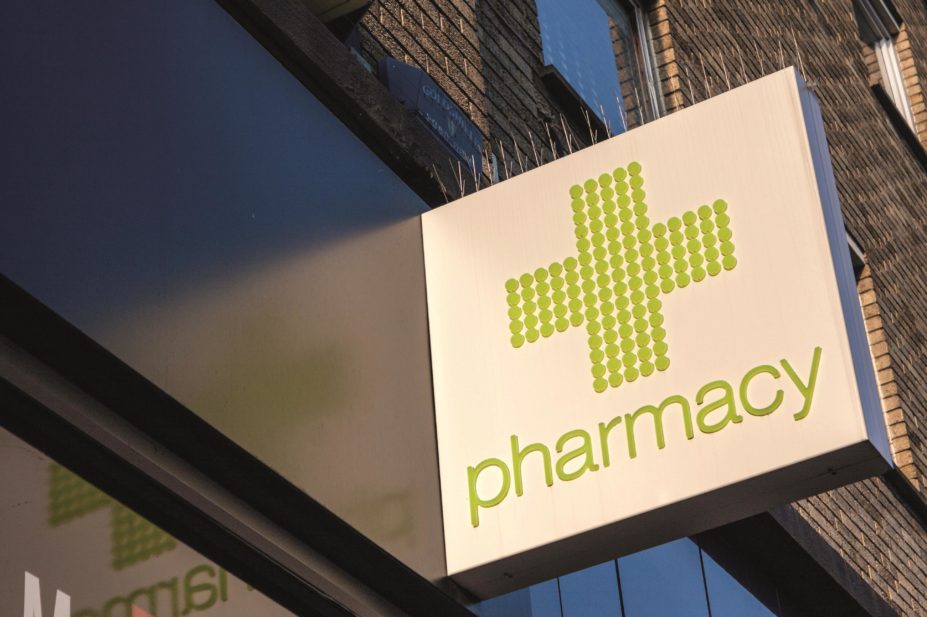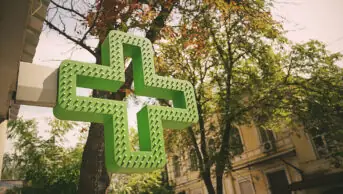
Danny Callcut / Alamy
The provision of medicines use reviews (MURs) and new medicine service (NMS) interventions has risen steadily in England’s community pharmacies, according to data released by the Health and Social Care Information Centre.
The report, ‘General pharmaceutical services in England — 2004–05 to 2013–14’[1]
, published on 19 November 2014, says that although pharmacy numbers are increasing, the rate of expansion is slowing. And, despite the rise in NMS interventions on the whole, fewer pharmacies are providing them compared with 2013.
According to the data, the number of MURs has increased from 559,315 provided by 6,314 community pharmacies in 2006–2007 to 3.1 million reviews provided by 10,851 pharmacies in 2013–2014. The average number of MURS per pharmacy has risen from 89 in 2006–2007 to 284 in 2013–2014.
NMS provision has increased since the service was introduced in 2011. Data show that 647,859 interventions were provided by 9,464 community pharmacies in 2012–2013, increasing to 763,761 interventions in 9,314 pharmacies in 2013–2014. The average number of services per pharmacy rose from 68 to 82 over the same period, but 150 fewer pharmacies provided them.
The report says there was an increase of 1.3% in the number of community pharmacies in England, rising from 11,495 on 31 March 2013 to 11,647 on 31 March 2014. There has been an increase of 1,911 pharmacies since 2004–2005, equivalent to an increase of 19.6% up to March 2014.
The data also show that most prescriptions in England are dispensed in community pharmacies and that the number of dispensed items is increasing. In 2013–2014, 948.2 million items were dispensed, a rise of 33.9 million over 2012–2013 — equal to an increase of 3.7%. In 2004–2005, there were 623.2 million items dispensed, representing an overall increase of 52.2% in the past ten years.
The number of dispensing fees received and the average number of fees per pharmacy showed an increase over the previous year and followed the year-on-year trend of the past ten years (see table). However, net ingredient costs per fee fell from £11.29 in 2004–2005 to £7.98 in 2013–2014. The report attributes the fall to a number of factors, including the effects of category M generic drug reimbursement — a mechanism by which the government adjusts the price of certain generic medicines to account for the profit earned by pharmacies through efficient purchasing; a general increase in generic prescribing; and the effects of implementation of the Pharmaceutical Price Regulation Scheme — the scheme used to contain the costs of branded medicines sold to the NHS.
Rob Darracott, chief executive of Pharmacy Voice, says he is pleased that more contractors are providing MUR services. “However, the NMS picture is more worrying,” he says. “Not only were 150 fewer pharmacies doing any NMS in 2013–2014 than in 2012–2013, but one in five pharmacies are still not doing any.”
A recent evaluation of the service shows the service is of proven value to patients, Darracott points out. “I hope the positive evaluation and the certainty of continued inclusion of the service in the contract will mean this trend reverses in 2014–2015,” he says. “Among those providing the service, a higher than 20% increase in completions is good news for patients.”
Darracott also approves of the slowdown in the growth in pharmacy numbers. “Continued dilution of the global sum does not help sustain investment in the existing network, particularly given the downward pressure on NHS finances,” he says.
Table: Dispensing fees per pharmacy and net ingredient cost (NIC) per fee
| Year | Number of pharmacies | Items dispensed | Number of dispensing fees received | Average number of fees/pharmacy | Average net ingredient cost per fee |
|---|---|---|---|---|---|
2004–2005 | 9,736 | 623.2 million | 641.5 million | 65,854 | £11.29 |
2012–2013 | 11,495 | 914.3 million | 933.6 million | 81,214 | £8.37 |
2013–2014 | 11,647 | 948.2 million | 966.0 million | 82,936 | £7.98 |


